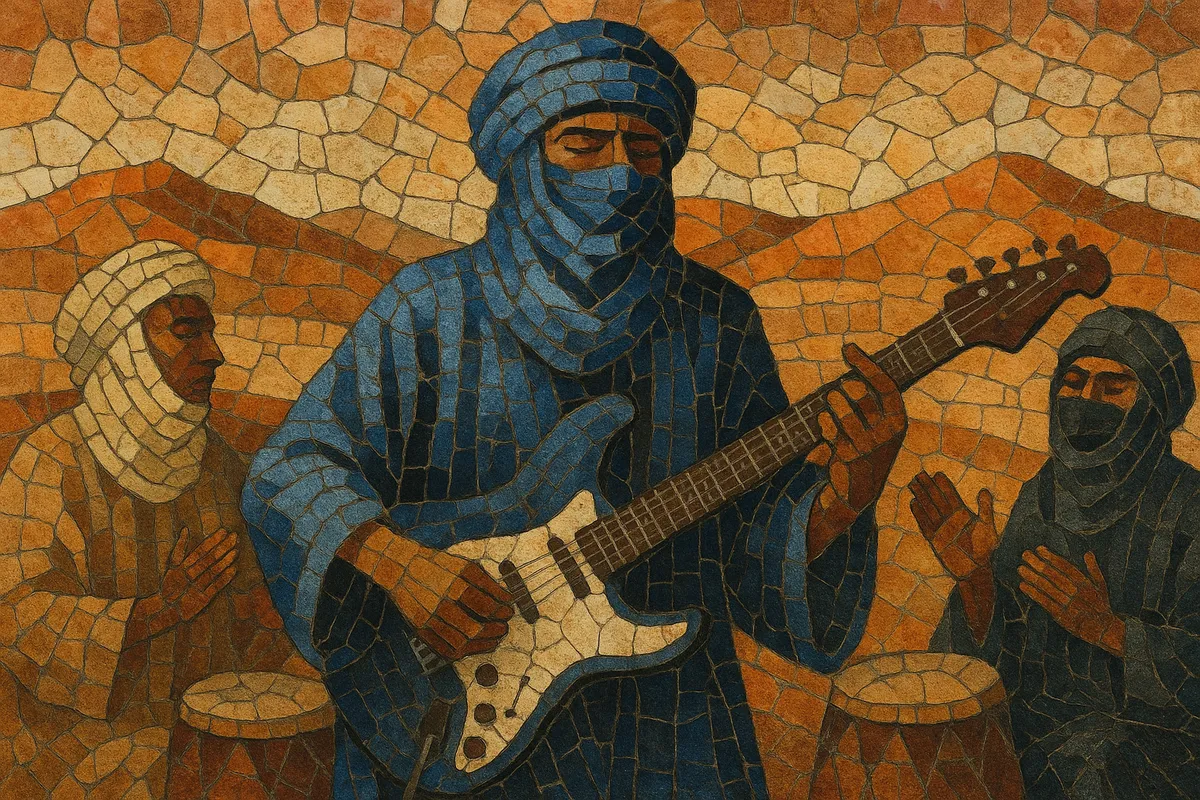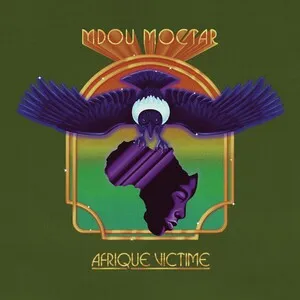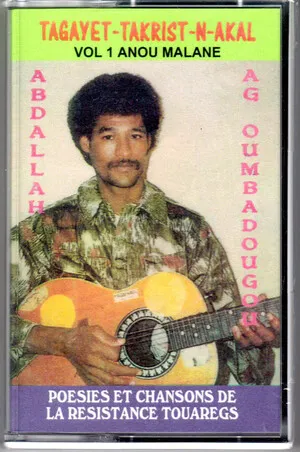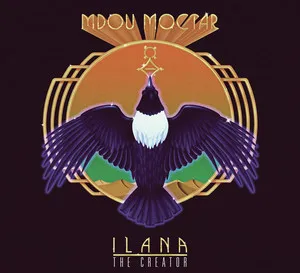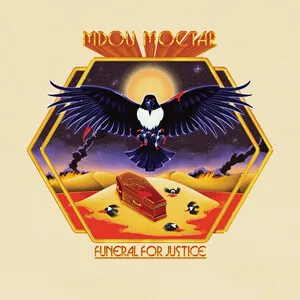Tishoumaren (also called assouf or "ishumar" guitar) is the amplified, riff‑driven Tuareg desert sound that emerged among exiled Tuareg communities in the Sahara.
It marries repetitive, hypnotic electric‑guitar ostinatos with hand percussion (tende, calabash), call‑and‑response vocals in Tamasheq, and lyrics about exile, resistance, and desert life.
Musically, it leans on pentatonic and modal melodies (often Aeolian/Dorian colors), droning tonal centers, and loping grooves that blur 4/4 and 6/8 feels. The timbre is raw and immediate—reverberant guitars, light fuzz or overdrive, and communal clapping—conjuring vast desert space while remaining intensely rhythmic and danceable.
Tishoumaren arose among Tuareg (Kel Tamasheq) youth who were displaced from northern Mali and Niger and lived in camps and cities across Algeria and Libya. The name derives from the Tamasheq adaptation of the French "chômeur" (unemployed), referring to a generation in exile. With cheap electric guitars and cassette recorders, musicians forged a Saharan guitar style that drew on Tuareg folk song, tende rhythms, Songhai/Takamba patterns, and global blues/rock aesthetics.
Home‑dubbed cassettes spread songs rapidly across the Sahara, creating a decentralized scene tied to Tuareg political consciousness. Lyrics in Tamasheq addressed longing for home, cultural pride, and resistance, while performances remained informal—weddings, gatherings, encampments. The music’s trance‑like repetition and communal clapping encouraged participatory singing and dance.
Groups tied to this milieu—most famously Tinariwen (founded around 1979)—began touring internationally in the 2000s. Labels and field recordists documented the broader Saharan cassette scene, revealing parallel currents in Niger and Mali (e.g., Agadez and the Aïr region). The amplified desert guitar sound became a global reference point often labeled "desert blues."
A new generation (Bombino, Mdou Moctar, Imarhan, Etran de L’Aïr, Les Filles de Illighadad) updated the template with tighter song forms, psych/garage textures, and studio production, while preserving the core: cyclical guitar figures, interlocking rhythms, and socially grounded poetry. Despite political upheavals in the Sahel, the style continues to evolve and influence rock and world‑fusion audiences worldwide.

